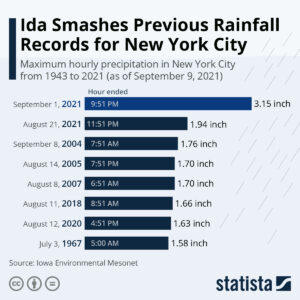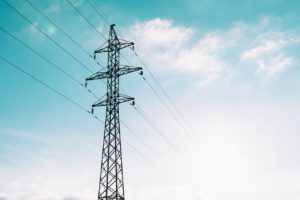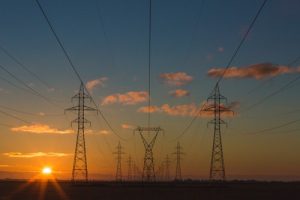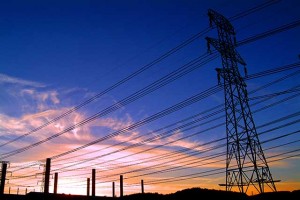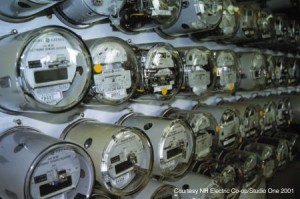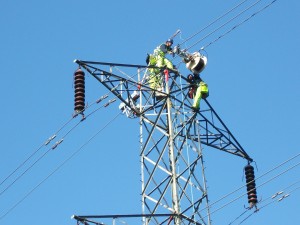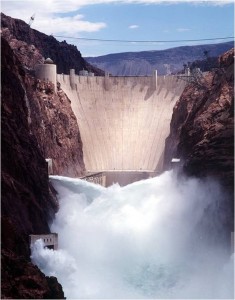14 item(s) were returned.
President
The Stella Group, LTD
The year 2021 has already outpaced 2020 in terms of extreme weather events. On the anniversary of Hurricane Katrina, Hurricane Ida left more than 1 million residents without power for days and led to historic rain in New York City. In February, Texas was hit with a historic -2 degree (F) cold snap that left 4.4 million people without power, caused enormous strain on the power grid, and froze pipelines. At least 217 people were killed directly or indirectly by severe cold, and the damages are estimated to be about $21 billion. This year, California faces the triple threat of wildfire… [more]
View InsightExecutive Director
Energy Choice Coalition
The rapid evolution of the electricity sector in the United States can offer numerous benefits to consumers while also addressing society’s environmental concerns. The rise of independent energy suppliers and the advancement of information technology are transforming the way we generate and manage our electricity use, allowing consumers to access more affordable, diverse, efficient, and cleaner sources of energy. More than a dozen states have restructured their electricity markets to some degree in order to give consumers, large and small, a greater say in the type of energy they use every day to power their homes and offices. Proper policy… [more]
View InsightThe New York City Council passed legislation in April 2019 to mandate that all existing buildings 25,000 square feet or larger must reduce their greenhouse gas emissions by 40% by 2030 and by 80% by 2050. This retrofit bill (Local Law 97) was part of a package of bills called the Climate Mobilization Act. There are 50,000 buildings in New York City that the law applies to, and they are responsible for about 30% of New York City’s total greenhouse gas emissions—”a big number for a small subset of buildings,” said Costa Constantinides, the New York City Council Member who… [more]
View InsightSenior Scientist
UFA Ventures, Inc.
In the United States, public debates surrounding energy policy focus on generation, carbon emissions, and cost. But all is for naught if the energy infrastructure that carries power isn’t appropriate for the changing energy mix or can’t keep up because it’s crumbling. With new technologies rising faster than sea level on a hot planet, the United States is in the midst of the biggest energy boom in 60 years. We have more natural gas, coal, and uranium than we need for several hundred years; new and better solar cells; new biofuel technologies to replace ethanol; and even more oil than… [more]
View InsightChairman of the Energy and Commerce Subcommittee on Energy
U.S. House of Representatives
Whether it’s the flip of a light switch or plugging in your cell phone to charge – never has the reliability of our energy supply been more important to so much in our daily lives. That also means never has energy infrastructure been a greater potential target for an attack or energy security been as important. It is indisputable that ensuring the reliable and uninterrupted supply of fuels and electricity is absolutely essential to our nation’s economy, security, and the health and safety of its citizens. However, as our energy infrastructure has become more complex and society has grown more… [more]
View InsightAssistant Professor, EECS
Washington State University
Cybersecurity threats to the electric grid are no longer hypothetical. While attacks impacting grid operations have only been reported in Ukraine, DHS recently identified intrusions into the U.S. grid. Fortunately, substantial progress has been made in recent years to protect the grid. While the North American Energy Reliability Corporation (NERC) has implemented bulk grid cybersecurity requirements for the past decade, state utility commissions are increasingly defining requirements for low-voltage distribution grids. Furthermore, NERC-led initiatives, such as national response exercises (GridEX) and information sharing programs (E-ISAC) help ensure utilities are prepared to respond to similar events. At the federal level, the… [more]
View InsightLead Communications Consultant
Duke Energy
Industry experts recently testified before Congress that more needs to be done to protect the nation’s electric grid from natural disasters, cyberattacks, physical threats and planned sabotage. Recent news stories have highlighted grid security issues, including analysis by USA Today that claims the U.S. Department of Energy’s computer systems were compromised more than 150 times between 2010-2014. And while cybersecurity is a persistent threat, physical damage to “critical infrastructure” facilities from severe storms, flooding, wildfires, and even shootings, has the potential for extensive, long-duration outages: Critical high-voltage substations, while representing only 3% of all substations, carry the bulk of the… [more]
View InsightSenior Scientist
UFA Ventures, Inc.
Generally, when electricity demand rises in an area, we just fire up some source like a gas plant or a coal plant, or put more water through a hydroelectric dam, to produce more electricity to meet that demand. But what about other users voluntarily shifting their use to compensate for that rise in demand? This concept of Demand Response sounds simple, but until recent technological developments, like a smarter grid and rapid energy communication and control systems, it wasn’t feasible since the response time needed to be in minutes, not hours. Some users can shift their energy usage to different… [more]
View InsightPresident
Micro-Utilities, Inc.
An analysis has been made to determine if there would be enough electricity in the US by 2050 to support a carbon-free future to avoid the worst effects of climate change. Assuming that carbon capture and sequestration is not practical, a mix of nuclear and renewable energy power plants was examined. Existing fossil power plants and nuclear plants represent 86% of the electricity that was produced in 2012. By 2050, to be carbon-free, all of these fossil plants would have to be phased out, while all present nuclear plants would have reached the end of their operating licenses. According to… [more]
View InsightPresident
Clean Energy Development, LLC
Often termed the country’s “silent renewable,” hydropower is the nation’s largest renewable electricity resource, providing 7% of total generation. Hydropower’s many supporters – 81% of U.S. voters favor maintaining existing hydro, according to a recent National Hydropower Association poll – value its low-cost, reliability and ability to integrate intermittent renewable resources. Critics argue that hydropower is not environmentally-friendly and, if included in state Renewable Portfolio Standards, will reduce the growth of renewables like wind and solar power. Historically, the U.S. Army Corps of Engineers and the Bureau of Reclamation built the vast majority of major federal dams with integrated hydroelectric… [more]
View Insight